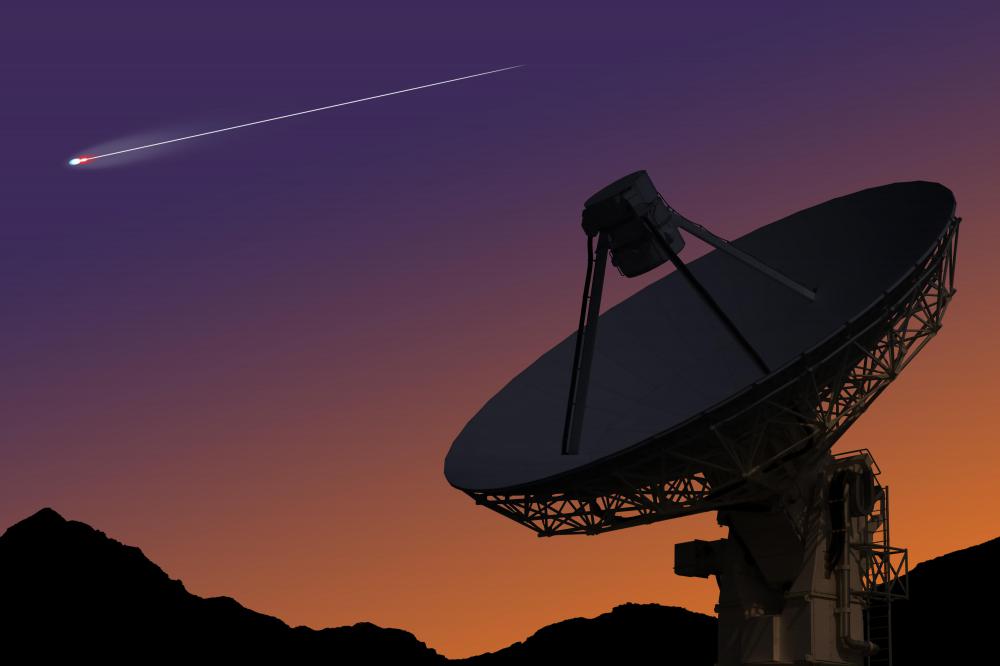At WiseGEEK, we're committed to delivering accurate, trustworthy information. Our expert-authored content is rigorously fact-checked and sourced from credible authorities. Discover how we uphold the highest standards in providing you with reliable knowledge.
What Is a Planetary Nebula?
A planetary nebula is a phenomenon that occurs when a small to medium-sized star approaches the end of its life cycle. While very large stars end their lives in an explosion of light called a supernova, smaller stars fade out more gradually as gases and radiation exit their core. The first planetary nebula was discovered in 1764, and more than 2,000 have been found since that time, with most located in the Milky Way galaxy. The planetary nebula is so named because the escaping gases create a planet-like shape, but these celestial bodies have little to do with planets in the traditional sense.
Stars have an incredibly long life cycle, and can last for billions of years. Throughout the life of a star, a process of nuclear fusion overs in the core, where hydrogen and helium atoms bond continuously. Over time, this fusion continues at an increasing rate as more and more hydrogen within the star gets used up. Eventually, the core begins to draw in hydrogen from the outer layers of the star, resulting in severe instability that breaks down the star's protective shell. This allows the many of the natural gases found in the star to escape out into the atmosphere, formed a sort of cloud around the star's core.

The remaining nuclear fusion processes within the core produce UV radiation, which heats these surrounding gases. This heat causes the gases to glow various colors, creating a planetary nebula. This nebula can take many different forms depending on the type of gases it contains and the life stage of the star. Some feature a solid disk shapes that resembles a planet, while others take on a ring-like appearance around the core. Some are very unique, and a majority are not round like the traditional image of the planetary nebula.

Over a period of 10,000 to 50,000 years, the gases around the core eventually dissipate and move away into space. Once these gases are gone, the planetary nebula ceases to exist, and only the core of the star remain. This core is known as a white dwarf, and it gradually fades over time until it no longer produces any light.
In addition to fascinating scientists and astronomers, these phenomena also play an important role in the formation of new stars. As old stars die out, the gases they release first form a planetary nebula before gradually being siphoned off into space. From here, these gases are the building blocks for new stars, though this process happens very slowly over a period of thousands or even millions of years.
AS FEATURED ON:
AS FEATURED ON:












Discuss this Article
Post your comments